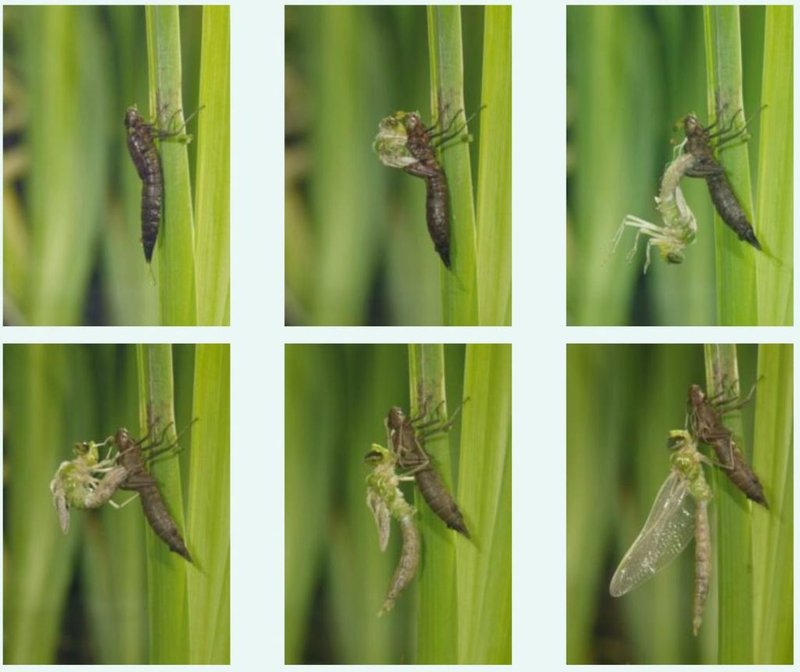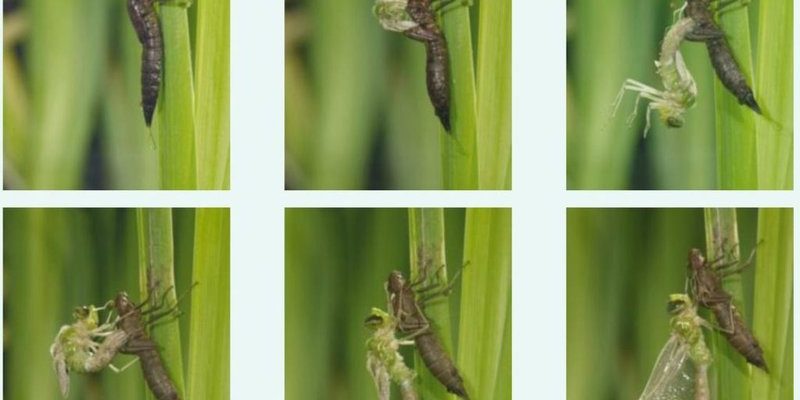
Segmented worms come in different types, with the earthworm being one of the most well-known. These creatures play a crucial role in our ecosystems, helping with soil aeration and nutrient distribution. Let’s dive into the nitty-gritty of segmented worm reproduction and uncover the wonder hidden in their mating habits, egg-laying strategies, and the journey of larvae growth.
Understanding Segmented Worms
Segmented worms belong to the phylum Annelida, which means “little rings” in Latin. These worms are characterized by their long, cylindrical bodies that are divided into segments. Each segment contains muscles and organs, allowing for smooth, coordinated movements. You might think of them as nature’s mini bulldozers, as they burrow through soil, enriching it with organic matter.
There are several types of segmented worms, including earthworms, leeches, and polychaetes. Earthworms are the most familiar to us, often found in gardens and soil. Leeches, on the other hand, are known for their blood-sucking abilities and do things a bit differently when it comes to reproduction. Polychaetes are marine worms with a more elaborate lifestyle and reproductive strategy, living in oceans and featuring a colorful array of body types. Each type has its own unique twist on reproduction, making the world of segmented worms incredibly diverse.
When it comes to reproduction, segmented worms can be either hermaphroditic or dioecious. Hermaphroditic species (like earthworms) have both male and female reproductive organs, allowing them to mate with any other worm to increase genetic diversity. Dioecious species, however, have distinct male and female individuals. This diversity in reproductive strategies makes segmented worms adaptable to varying environmental conditions, ultimately benefiting their survival.
The Mating Ritual of Segmented Worms
Now, you might be wondering what a mating ritual looks like for segmented worms. While it might not involve fancy dances or elaborate displays, these worms have their own unique approach. During mating, two earthworms align themselves side by side, exchanging sperm in a process called copulation. They often use a special structure called a clitellum, which is a thickened band of segments, to help with this exchange.
The clitellum releases a mucous secretion that helps form a protective cocoon around the fertilized eggs. This marks the end of the mating process but the beginning of an exciting journey for their offspring. It’s kind of like a soft, cozy blanket where the young worms can develop safely.
What’s interesting is that earthworms can store sperm for some time after mating, allowing them to fertilize their eggs later when conditions are more favorable. This means they can be selective about when they release their eggs, ensuring a better chance for the survival of their young. It’s a real testament to their reproductive strategy and adaptability!
Egg-Laying and Cocoon Formation
After mating, the next step is egg-laying, which is quite an intricate process. The clitellum plays a crucial role here as well. When conditions are right, the clitellum secretes a thick mucus that helps form a cocoon where the fertilized eggs will be deposited. The cocoon is typically shaped like a small, gelatinous capsule, and it can be quite sturdy, offering protection to the developing embryos.
Once the cocoon is formed, the worm passes it off into the soil. Depending on the species and environmental conditions, the number of eggs in each cocoon can vary. For instance, an earthworm might lay anywhere from 2 to 20 eggs in a single cocoon. You can think of this cocoon as a little nursery—a safe haven where the eggs can grow and develop away from predators and harsh conditions.
Embryos inside the cocoons undergo a fascinating transformation, starting as tiny larvae. The time it takes for the eggs to hatch can range from a few weeks to several months, depending on temperature and moisture levels in the soil. So, next time you’re digging in your garden, just think about all the little worm nurseries you might be disrupting!
The Journey from Larvae to Adult Worms
Once the eggs hatch, what you get are tiny larval worms, also called juveniles. These miniature versions of adult worms start their lives quite vulnerable, but they have an amazing ability to grow quickly. The larvae look a bit different from their parents, often lacking the full body segmentation and pigmentation of adult worms.
As they mature, these young worms go through multiple growth stages, known as instars. During each stage, they grow larger and gradually develop into fully formed adult worms. This growth process is influenced by the availability of food and environmental conditions. When conditions are right—ample organic matter and moisture in the soil—larvae can grow into adulthood in just a few months.
Interestingly, this rapid growth is essential for their survival. Young worms need to establish themselves in their habitat before predators or harsh weather can take a toll on their population. Once they reach maturity, they can join the reproductive cycle and contribute to the next generation.
The Importance of Segmented Worms in Ecosystems
Why should we care about how segmented worms reproduce? Well, they play a crucial role in our ecosystems. These worms are often referred to as “ecosystem engineers” because they contribute significantly to soil health and fertility. Their burrowing activities aerate the soil, allowing air and water to circulate and reach plant roots more effectively.
Moreover, segmented worms break down organic material, like dead leaves and roots, and turn them into nutrient-rich compost. This process not only benefits plants but also helps foster a diverse range of microorganisms in the soil. A healthy soil ecosystem leads to thriving plant life, which in turn supports insects, birds, and other animals.
In essence, understanding segmented worm reproduction gives us insight into the delicate balance of life in our gardens and natural spaces. By protecting these creatures, we help maintain the overall health of our environment.
Segmented worms might seem small and unassuming, but their reproductive strategies are truly fascinating and essential for maintaining healthy ecosystems. From their unique mating rituals to the nurturing of larvae within protective cocoons, these little creatures are nature’s champions when it comes to survival.
So, the next time you’re out in the garden or playing in the dirt, take a moment to appreciate the bustling world of segmented worms working hard beneath the surface. The journey from mating to adulthood is a remarkable cycle that reflects nature’s ingenuity. By understanding their role, we can better appreciate the wonders of life right under our feet—and maybe even develop a fondness for our wriggly friends!

